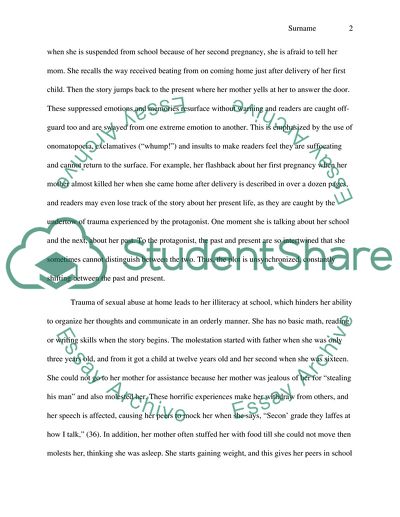Cite this document
(Effect of Trauma and Memory on the Structure of the Plot Assignment, n.d.)
Effect of Trauma and Memory on the Structure of the Plot Assignment. Retrieved from https://studentshare.org/psychology/1635436-push-or-fun-home-essay
Effect of Trauma and Memory on the Structure of the Plot Assignment. Retrieved from https://studentshare.org/psychology/1635436-push-or-fun-home-essay
(Effect of Trauma and Memory on the Structure of the Plot Assignment)
Effect of Trauma and Memory on the Structure of the Plot Assignment. https://studentshare.org/psychology/1635436-push-or-fun-home-essay.
Effect of Trauma and Memory on the Structure of the Plot Assignment. https://studentshare.org/psychology/1635436-push-or-fun-home-essay.
“Effect of Trauma and Memory on the Structure of the Plot Assignment”, n.d. https://studentshare.org/psychology/1635436-push-or-fun-home-essay.


